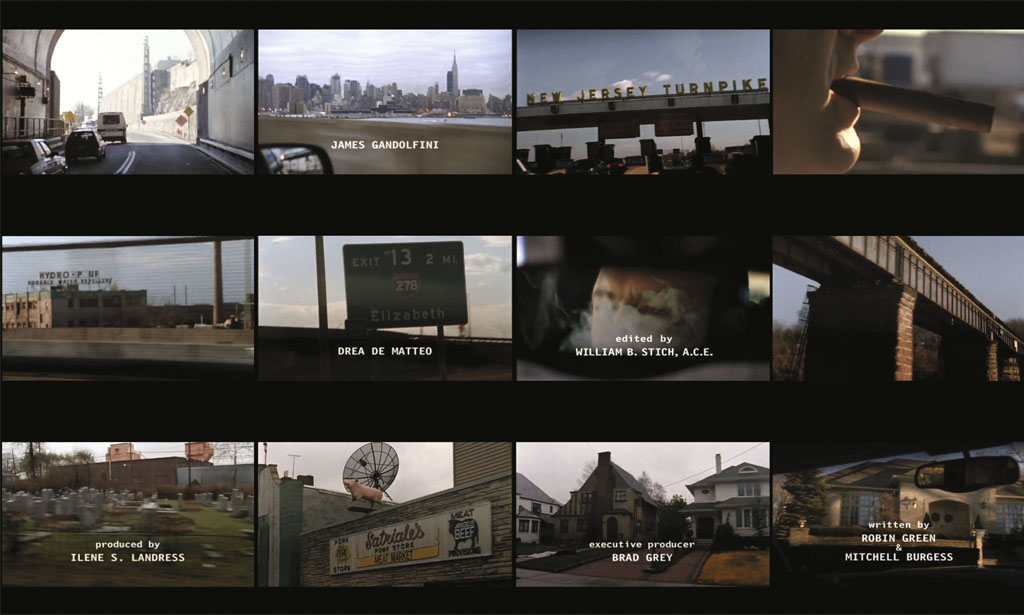15-05-13 // GREATER URBANISM

Video stills of the opening title sequence of the American television drama “The Sopranos”. ©HBO
Greater Urbanism
By Bernd Upmeyer
Are cities becoming “greater” these days? When two years ago, in our 14th issue of MONU Magazine entitled “Editing Urbanism”, we claimed that in the Western world, the need for new buildings and city districts was decreasing or even ceasing to exist altogether due to demographic changes and financially difficult times, we did not believe in all those new, big-scale, and long-term urban development strategies for the metropolitan areas of certain European cities that were being proposed at the time. The growth numbers that plans such as “Greater Helsinki” envisioned for the year 2050, trying to brand the city as one of the most dynamic metropolises in Europe, predicting a population growth from 1.3 million to 2 million, were too exuberant and too vast. However, other European cities, such as Paris, seem to be changing substantially within their metropolitan areas, their “greater” areas. Paris needs to build 70.000 new housing units per year. Mainly because of such requirements, but also because of the necessity to reform the governmental structure of cities so that the different municipalities of the “greater” areas can become part of an integrated urban community that encompasses the city’s core, a lot of European cities such as Paris, London, Barcelona, Copenhagen, and Moscow have to rethink – and are currently rethinking – their “greatness”.
However, the need for new large-scale strategies that rethink the metropolitan areas of cities is nothing new and has presented itself repeatedly in the history of many cities around the world. One should only think of the “Greater Berlin Act” of 1920 that greatly expanded the size of Berlin; or the so-called “Finger Plan” for “Greater Copenhagen” in 1947 that divided the suburbs into five fingers, building green wedges and highways between them; or the creation in 1965 of the administrative area of “Greater London” to facilitate local government, encompassing the City of London and 32 London boroughs, of which twelve are Inner London boroughs and twenty are Outer London boroughs. Although this call for submissions starts with a clear emphasis on European “Greater Urbanism”, this new issue of MONU does not want to exclude “Greater Urbanism” phenomena related to Non-European cities. Moreover, we wish, as always, to kick-start a discussion that includes cities on all continents of the world. In this new issue we would like to discuss the problems of urban “greatness” in a global context, but also to envision new strategies for the “greater” urban areas of cities in terms of governance, politics, space, architecture, sociology, ecology, and economics.
Thus, this new issue of MONU aims to re-think radically the functioning of metropolitan areas in times when the social, economic, and political conditions have changed fundamentally and the “greater” areas of cities have become key economic and political regions. The issue will also investigate the changed and changing relation of the densely populated city cores to their supposedly less-populated surrounding territories. Ultimately, this issue will try to define what “Greater Urbanism” means today in general and in relation to the past and to previous strategies.
Title: Greater Urbanism
Author: Bernd Upmeyer
Date: May 2013
Type: Call For Submissions for MONU
Publications: MONU – Magazine on Urbanism
Location: Rotterdam, The Netherlands